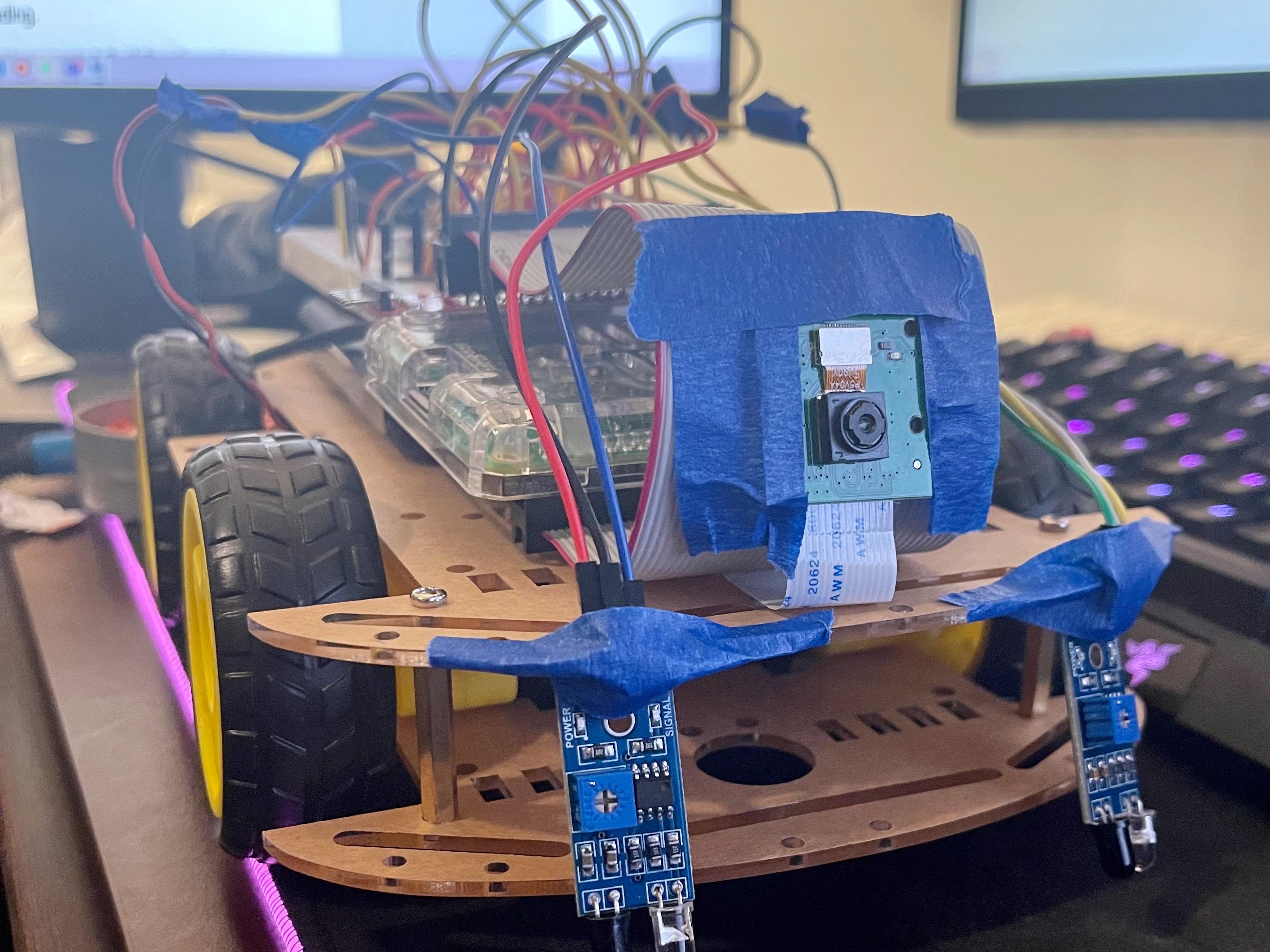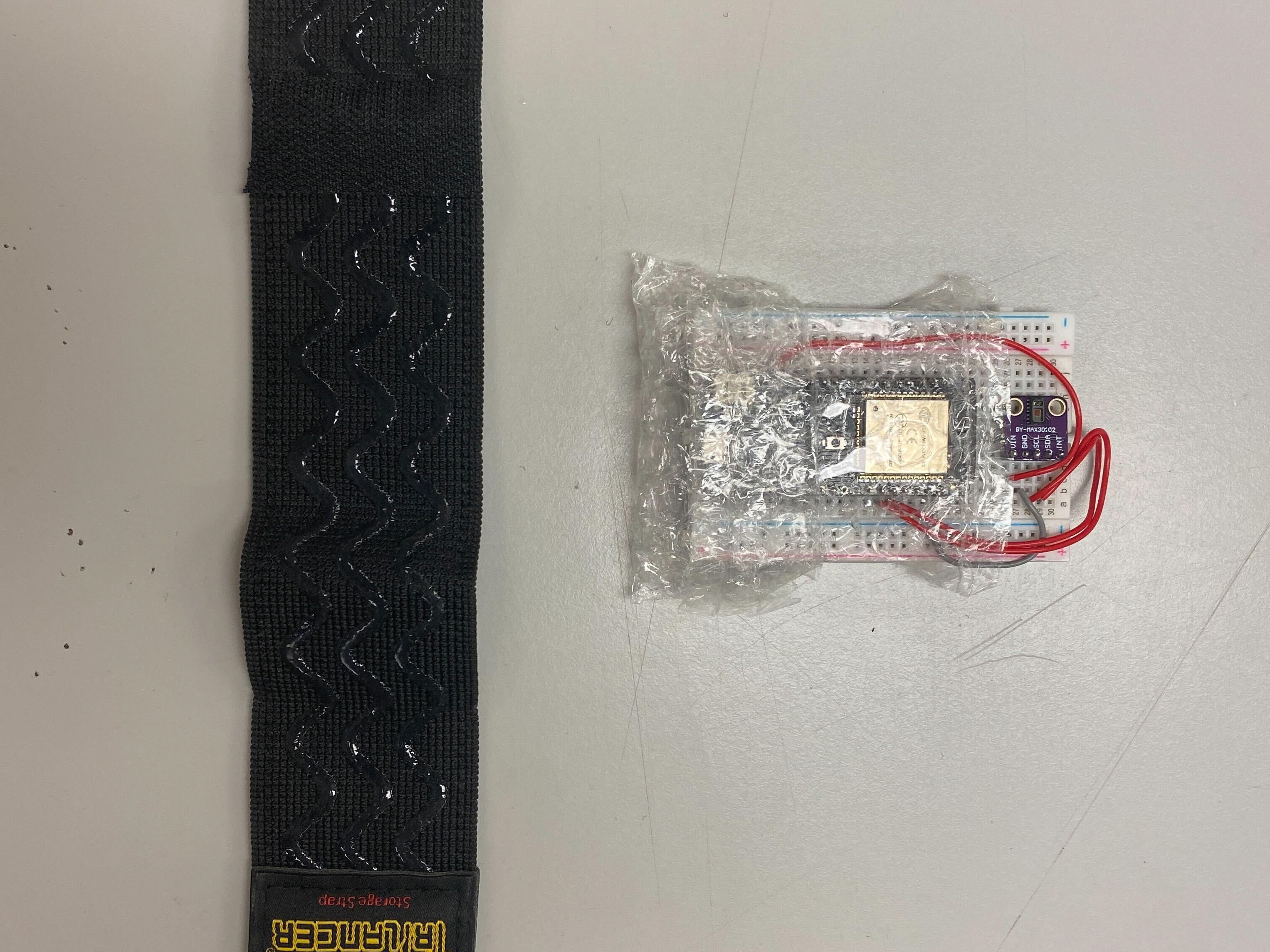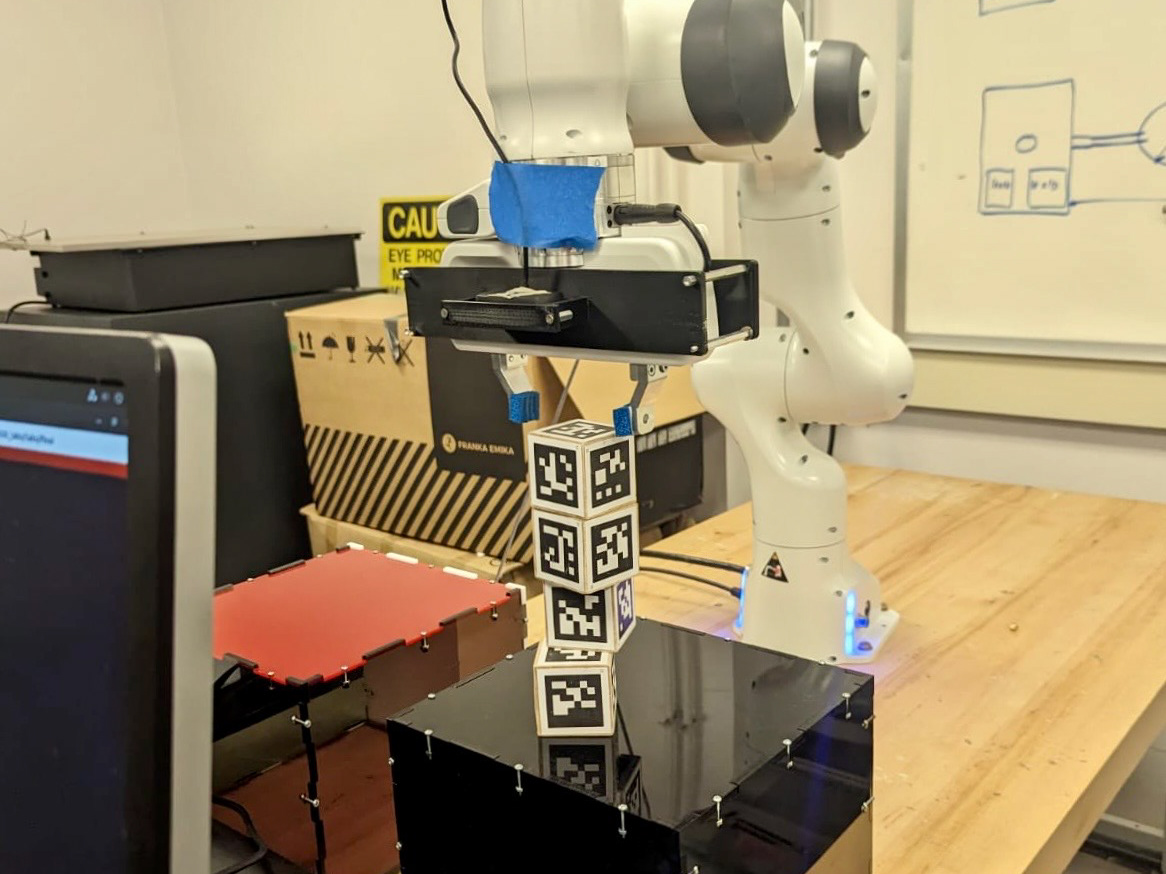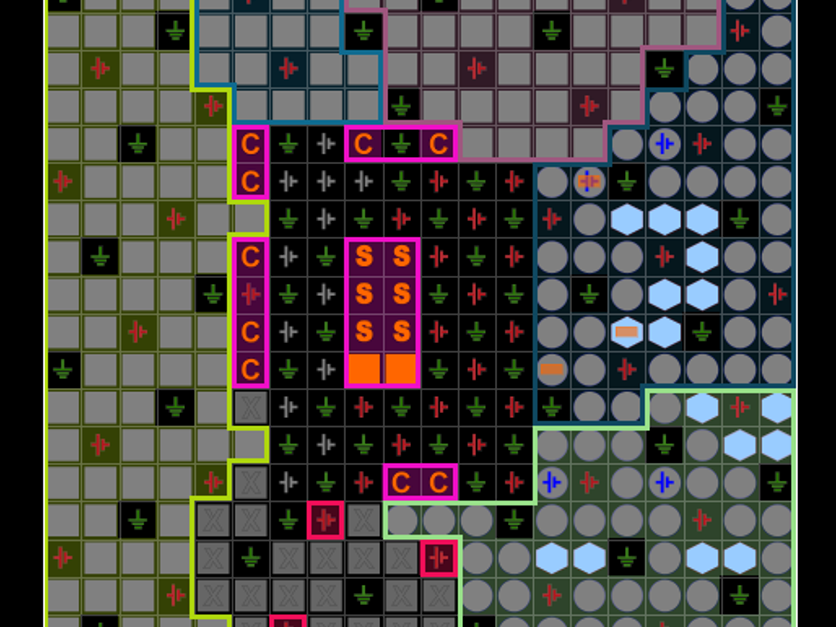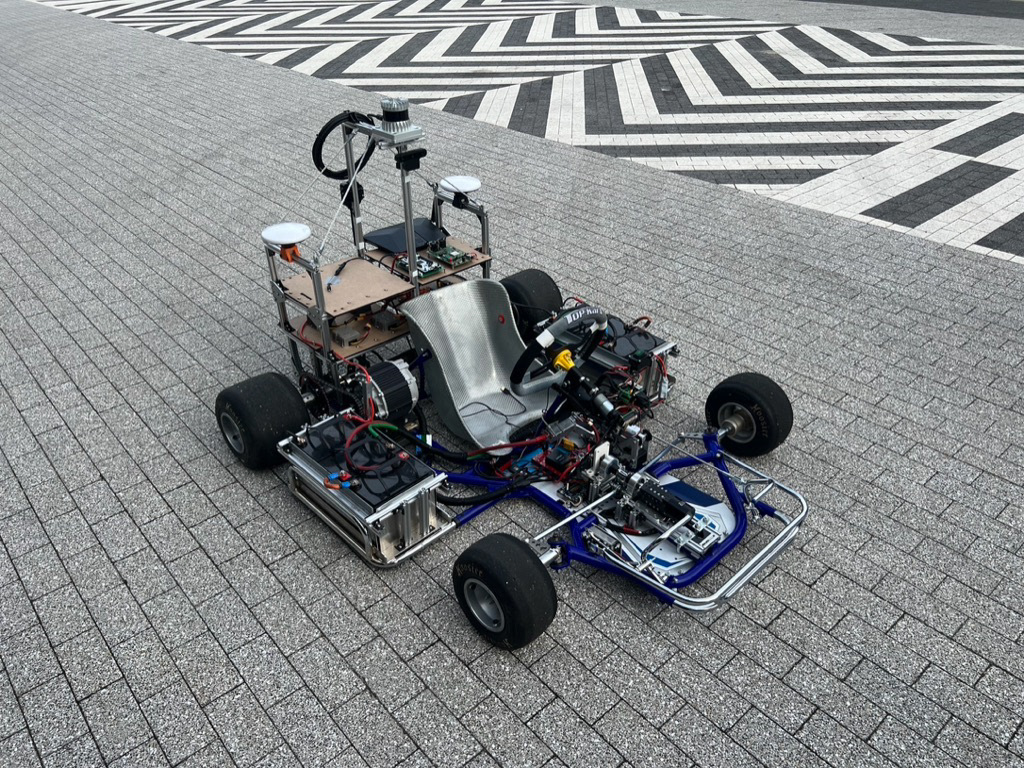In the heart of every computer lies its central processing unit (CPU), a sophisticated piece of electronic circuitry responsible for executing the instructions of a computer program. While it smoothly handles arithmetic, logic, control, and input/output operations, the sheer intensity of these tasks can lead to substantial heat generation. As the CPU's temperature spikes, it's imperative to ensure optimal cooling, not just for efficient performance, but also for the longevity of the hardware.
Traditionally, methods like using fans or maintaining open space between components have been the go-to solutions. However, in our project, we decided to venture a step further and develop a state-of-the-art water cooling and feedback control system designed specifically for maintaining a constant CPU temperature.
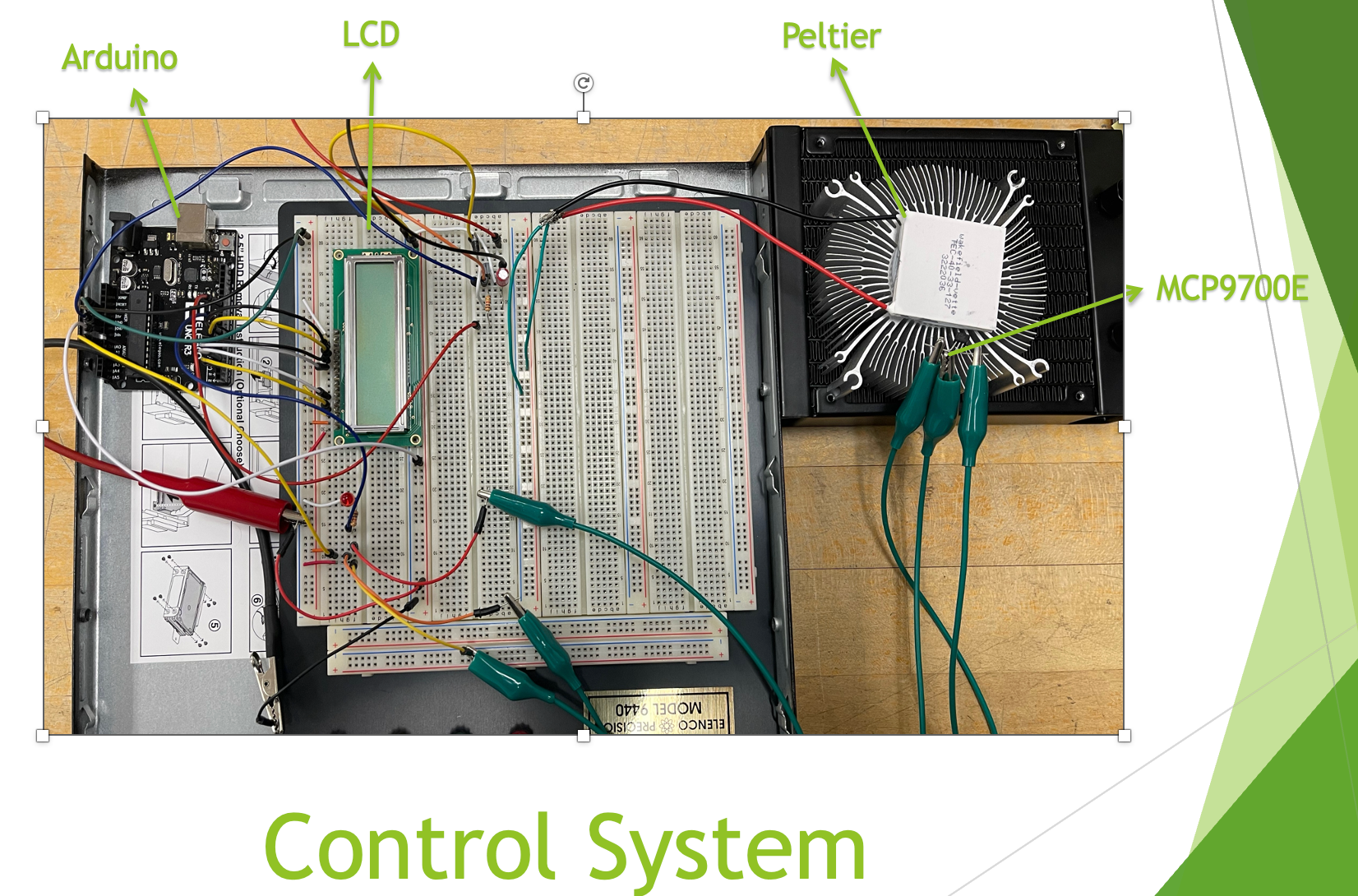

Microcontroller: Arduino Uno R3 - This acts as the brain of our cooling system, processing temperature data and adjusting the water's temperature accordingly.
Display: Liquid Crystal Display (LCD) - Used to provide a real-time display of the CPU temperature and the status of the cooling system.
Temperature Sensor: MCP9700E - A high-precision sensor that continuously monitors the temperature of the CPU, sending its readings to the Arduino for processing.
Power Source: A versatile 9V power supply, either sourced from a battery or directly from a computer power unit, ensuring our system remains functional and responsive.
Through careful calibration and testing, we were successful in creating a feedback program. As the system detects a rise in the CPU's temperature, it instantly adjusts the temperature of the water, ensuring a consistent and optimal cooling effect. This dynamic feedback loop ensures that the CPU operates within its ideal temperature range, safeguarding performance and hardware health.
In conclusion, this project not only allowed me to implement cutting-edge cooling solutions but also provided invaluable experience in working with microcontrollers, sensors, and real-time system adjustments, preparing me for future endeavors in hardware-software integrations
This is the integrate system, we can put every single components into this PCB.
